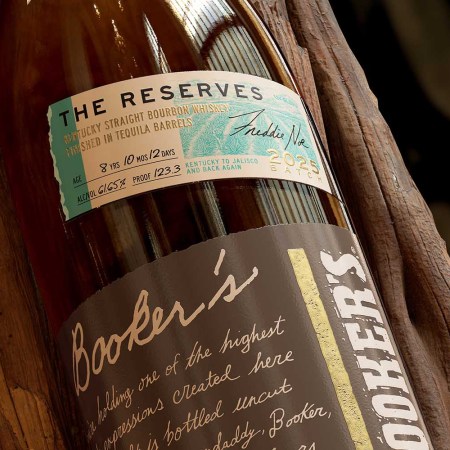Artificial intelligence is everywhere. It’s in your inbox, your dating apps, the wine you drink and now even the cockpit on the aircraft that you fly on.
Sort of. But first, a little context.
In September 2022, Air New Zealand launched its first direct flight from New York’s John F. Kennedy International Airport to New Zealand’s Auckland International Airport. The new route — 17 hours and 35 minutes long — was to be the third-longest flight in the world.
Eighteen hours is a long time to be in the air — for passengers, but also for Air New Zealand’s Boeing 787s. It’s why, ahead of introducing 20-hour flights from Sydney to both New York and London, Qantas Airways is planning to add extra fuel tanks to its Airbus SE A350s. Now, here’s where AI comes in.
Per a new report from Bloomberg, airlines have begun leaning on the technology to help map the most fuel-efficient routes for long-haul flights — like the AKL-JFK route — thus avoiding unplanned and stops to refuel, as well as helping pilots avoid heavy weather, or catch a tailwind. And, as Angus Whitley notes, the mapping software is designed to get better the more it’s used — not unlike “an internet search engine that learns on the go.”
Meet Rizz: Your AI Dating Wingman and Response Generator
The keyboard plug-in can theoretically do the talking for you on dating apps“Artificial intelligence is rippling through aviation’s decades-old manual systems, impacting everything from ticket sales to cockpit procedures. While route planning is hardly new, AI offers carriers new ways to save money and fuel as ultra-long voyages proliferate and the mammoth task of reaching net zero emissions by 2050 looms,” Whitley adds.
Other airlines, including Southwest, American, Delta, JetBlue, Swiss International Air Lines and Lufthansa, are also leveraging AI, even for short-haul flights. In fact, according to a report from Fortune, when Swiss International Air Lines began using AI last year, it was able to better optimize more than half the flights in its network…plus, it saved nearly 5 million Swiss francs ($5.4 million USD).
That said, while there’s clearly a compelling case to be made, and it stands to reason that this is only the tip of the iceberg where machine-learning algorithm application in the air travel industry is involved, experts are imploring airlines to move slowly.
“We want companies to invest in AI, but at the same time, we crave that human connection as well,” Alison Angus, head of practice for innovation research at Euromonitor, told Fortune. “Companies need to be careful and balance their investments in AI and robots and automation along with that human element. We need to keep that emotional bond.”
Though, I, for one, would sacrifice human connection in favor of no pitstops on my near-18 hour flight any day.
Thanks for reading InsideHook. Sign up for our daily newsletter and be in the know.




















